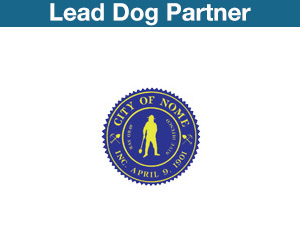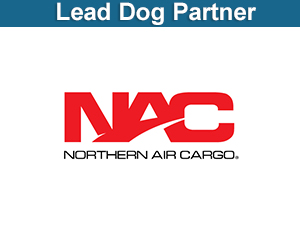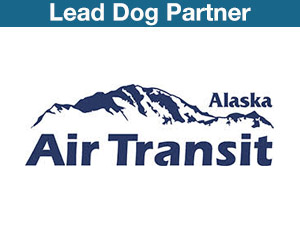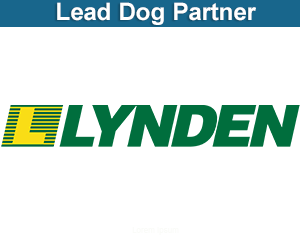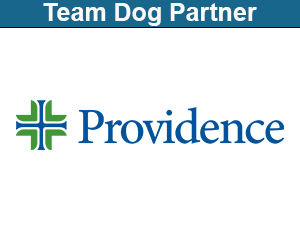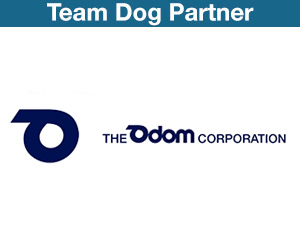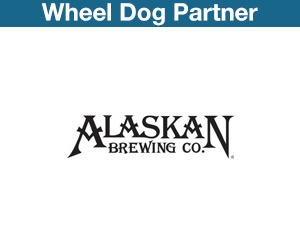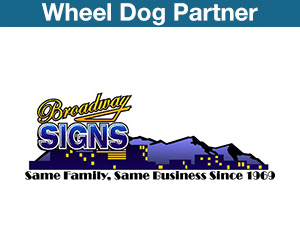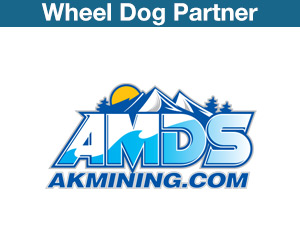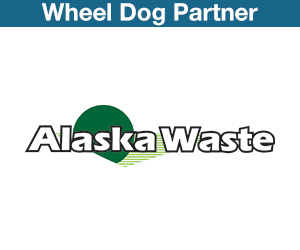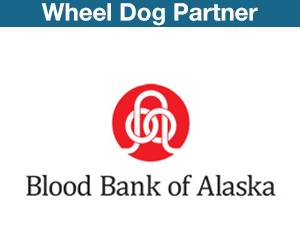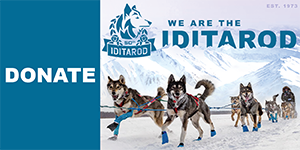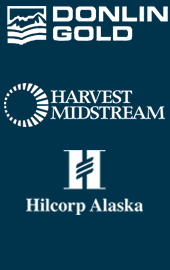by Stuart Nelson, Jr., DVM
My medical topic for this month is the syndrome known as Gastric Dilatation-Volvulus or GDV. Uncomplicated gastric dilatation (distension) can occur as the result of swallowing air and/or overeating, but there is a great potential for rapid progression into a life-threatening emergency if the stomach twists on its long axis (volvulus). As a volvulus becomes more advanced, the stomach will ultimately be unable to empty itself either into the intestine or esophagus (belching). One of the first detectable signs of GDV is a tense swelling of the abdomen, thus explaining why the condition is often referred to as “bloat.” This soon progresses to salivation, then nausea. Without medical and surgical intervention, shock and death can occur within a very few hours. This malady affects primarily medium to large breeds, including the Alaskan Husky, and seems to be more common in “deep-chested” dogs.
There are a number of theories as to the exact cause of GDV, but the precise reason in most cases is unknown. In addition to air swallowing and overeating, exercising too soon after eating and delayed gastric emptying time may be contributing factors to the onset of this syndrome. Regardless of the cause, an animal presented with signs suggestive of GDV, needs immediate medical attention. Extreme dilatation of the stomach impairs venous blood return to the heart, leading to severe shock. Thus, the veterinarian will need to begin IV fluids and corticosteroids to improve circulation. Passing a stomach tube may be possible if the volvulus is less than 180 degrees. If this is cannot be accomplished, a large needle (trocar) may be inserted through the abdominal wall to relieve some of the pressure. In either case, an abdominal exploratory surgery is necessary to correct the volvulus. Once the stomach is derotated into its normal position, most veterinarians will suture it to the abdominal wall to prevent future episodes. In severe cases, part of the stomach and/or the spleen may have to be removed, due to loss of circulation. Most dogs who have had surgery for GDV are still critical for the first 24 hours, because of a propensity to develop certain cardiac arrhythmias.
GDV is one of the most serious non-trauma medical emergencies a dog can experience, and early detection is essential to a successful outcome. If you have a canine friend that is at risk, based on breed, conformation or familial history, the following preventative measures may be life saving:
- Feed smaller meals two to three times daily, rather than one large meal.
- Avoid exercise for two hours after eating a main meal.
- Seek medical treatment immediately at the first sign of abdominal distension and salivation (nausea).







